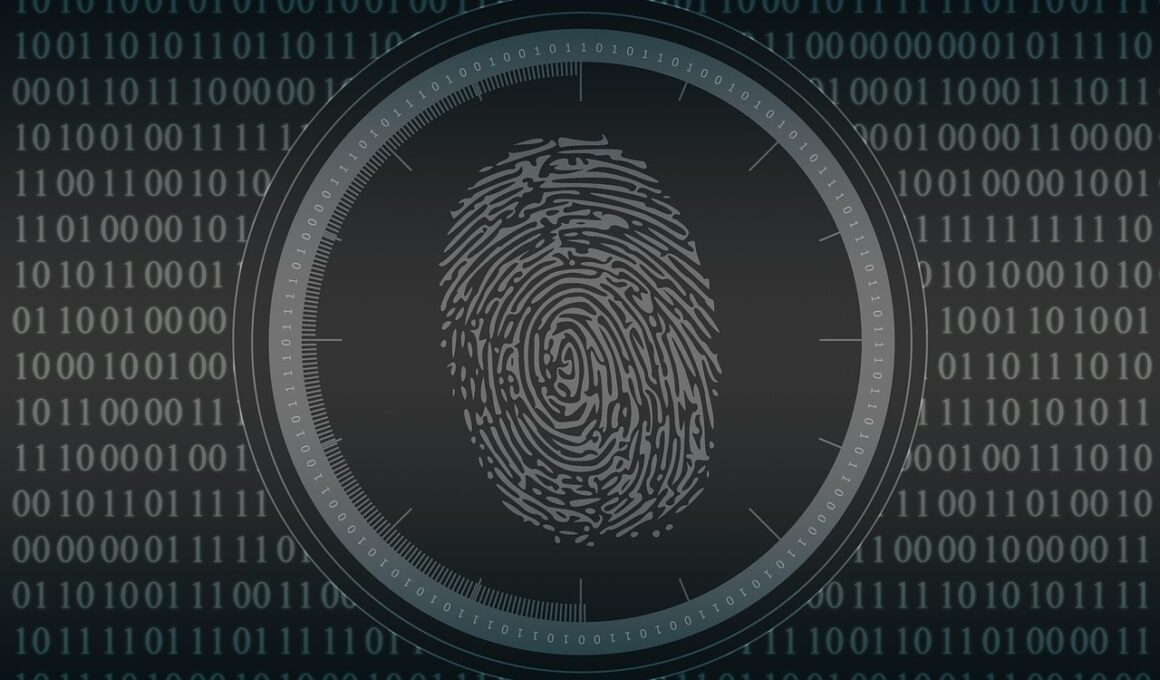OAuth 2.0 and Its Impact on Cross-Platform User Authentication
In the modern digital landscape, user authentication is a critical aspect of ensuring secure access to various applications and services. OAuth 2.0 serves as a widely adopted protocol that simplifies authentication across diverse platforms. By utilizing OAuth 2.0, applications can delegate user authentication to a central identity provider. This process not only enhances security but also streamlines login experiences for users. Users can sign in to multiple services without the need to create and manage separate credentials for each one. OAuth 2.0 works by issuing access tokens that allow resources to be accessed securely using a unique identifier. This token-based approach protects user information and minimizes the risk associated with credential sharing. Moreover, OAuth 2.0 enables seamless integration of third-party applications, providing enhanced functionality and user convenience. Users benefit greatly from this method, as it reduces friction during authentication, improving engagement and satisfaction. As organizations continue to embrace cloud-based services, OAuth 2.0’s role in cross-platform authentication becomes increasingly significant, making it essential for developers to understand and implement it effectively.
Mechanics of OAuth 2.0
Understanding how OAuth 2.0 functions is paramount for anyone involved in developing cross-platform applications. The protocol operates through several key roles, including the resource owner, client, authorization server, and resource server. When a user seeks to access a resource from a client application, OAuth 2.0 enables the client to request an authorization grant from the resource owner. This grant is then exchanged for an access token from the authorization server. The access token, which has a limited lifespan, is sent to the resource server to fulfill the user’s request. This delegation model not only allows user credentials to remain securely with the authorization server but also minimizes the attack surface associated with storing passwords on individual client servers. The protocol permits various types of grants, including authorization code, implicit, resource owner password credentials, and client credentials. Each grant type is designed to cater to specific use cases, making OAuth 2.0 a versatile solution. However, developers must also implement security best practices to protect against vulnerabilities like token leakage and unauthorized access.
OAuth 2.0 enhances user experience by streamlining authentication methods, reducing the number of passwords needed for access. This integration simplifies login processes, helping users avoid multiple accounts for different platforms that require unique credentials. It contributes to reduced friction during sign-ins, fostering better retention and engagement with applications. Additionally, when users authenticate through OAuth 2.0, they often benefit from improved security measures, since the protocol empowers them to easily manage permissions. Users can control which applications access their data, potentially revoking permissions whenever necessary. This level of control is pivotal in how users interact with digital identities across platforms. Developers are encouraged to clearly communicate how user data will be used and the implications of granting access, thus building trust. A crucial aspect of implementing OAuth 2.0 lies in its ability to support Single Sign-On (SSO) functionalities seamlessly. Through SSO, users can log in once and gain access to multiple services without repeatedly entering credentials, creating an efficient experience. As organizations adopt various cloud platforms, OAuth 2.0 becomes indispensable in delivering user-friendly authentication mechanisms while ensuring secure access operations.
Benefits of Using OAuth 2.0
There are numerous benefits to integrating OAuth 2.0 within cross-platform strategies. Firstly, it eliminates the need for users to remember numerous passwords, which reduces the chances of weak passwords being used across multiple sites. As studies suggest, many users resort to reusing passwords, making accounts vulnerable to breaches. By leveraging OAuth 2.0, users can utilize trusted identity providers such as Google or Facebook for authenticating themselves, ensuring robust security measures are in place. Secondly, OAuth 2.0 fosters a more secure environment by minimizing the need to handle sensitive information directly. This reduces the chances of data being exposed during transmission between client applications and user credentials. Furthermore, OAuth 2.0 also enhances user convenience, as users can seamlessly navigate different platforms and applications without redundant login prompts. Developers and businesses can focus on creating innovative features rather than spending valuable resources on password management systems. Lastly, the widespread support for OAuth 2.0 across various services makes it an integral framework for modern applications, encouraging developers to adopt it for long-term strategic advantage.
While OAuth 2.0 provides many advantages, there are challenges associated with its implementation within cross-platform strategies. One prevalent concern is the potential for token theft, where unauthorized users may gain access to valid access tokens, thereby obtaining sensitive information. To mitigate this risk, developers must ensure tokens are transmitted securely and implement stringent controls regarding token expiration and revocation. Additionally, inadequate understanding of OAuth 2.0 can lead to misconfigurations, leaving applications vulnerable to attacks. Proper documentation and developer education on OAuth flow types and best practices are therefore essential. Furthermore, integrating OAuth 2.0 may involve navigating the complexities of managing user scopes and consent for data sharing adequately. Organizations must strike a balance between providing necessary access while maintaining user privacy. In some cases, users are overwhelmed by permission requests, leading to confusion and potential denial of access. To address these challenges, thorough planning and a clear implementation strategy should be developed. Security assessments and regular testing are crucial to ensure proper authentication processes and safeguard user information throughout cross-platform interactions.
The Future of Cross-Platform Authentication
As digital ecosystems rapidly evolve, the future of cross-platform authentication will likely be shaped significantly by OAuth 2.0. The protocol’s inherent flexibility positions it well to adapt continuously to emerging security threats. In an era where user privacy is paramount, OAuth 2.0 can play a crucial role in enhancing transparency regarding data usage and access permissions. Furthermore, the integration of OAuth 2.0 with other emerging technologies, such as biometrics and machine learning, can foster even more secure authentication methods. For instance, the combination of biometric verification with token-based authentication can offer an additional layer of security. Developers are called upon to stay current with best practices and innovations to maintain effective authentication strategies. Additionally, as businesses increasingly opt for microservices architectures, OAuth 2.0 can facilitate secure inter-service communication, making it a foundational aspect for microservices-based solutions. Regulatory standards concerning data security will further necessitate robust authentication protocols. Thus, maintaining a focus on OAuth 2.0 and its advancements will be essential for developers and organizations striving to deliver secure, accessible user experiences across diverse platforms.
In conclusion, OAuth 2.0 significantly impacts cross-platform user authentication, providing a seamless and secure way for users to access various applications. By allowing users to authorize third-party applications without exposing their credentials, OAuth 2.0 enhances security while improving the user experience. The model supports numerous use cases and can adapt to the changing demands of the modern digital landscape. Embracing OAuth 2.0 fosters not only convenience but also security, creating a win-win scenario for both users and developers. The continued evolution of authentication protocols, driven by new technologies and growing security threats, reinforces OAuth 2.0’s importance. As organizations leverage cloud services and mobile applications, understanding the intricacies of OAuth 2.0 becomes crucial for developers. The future of cross-platform authentication is bright, as evolving standards and practices promise to enhance user experiences while safeguarding their personal information. By prioritizing awareness and implementation of OAuth 2.0, developers can better navigate the complexities of securing user interactions across various platforms. Ultimately, OAuth 2.0 stands out as a vital component in achieving effective cross-platform user authentication strategies.
In this context, organizations need to remain vigilant about security measures and comply with evolving regulations. Continuous education and updates will serve an essential role in maintaining secure authentication systems in an ever-changing digital world.


